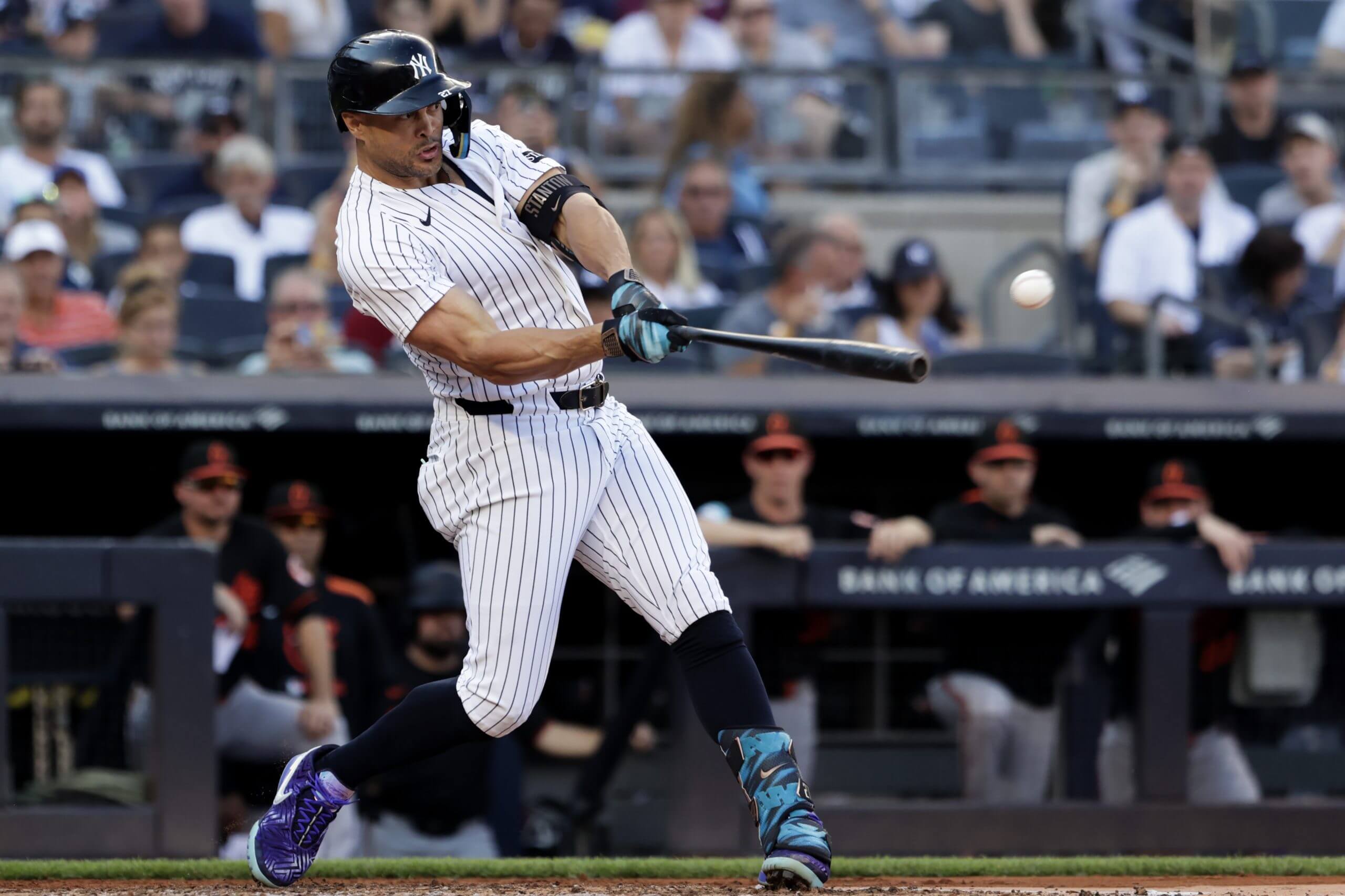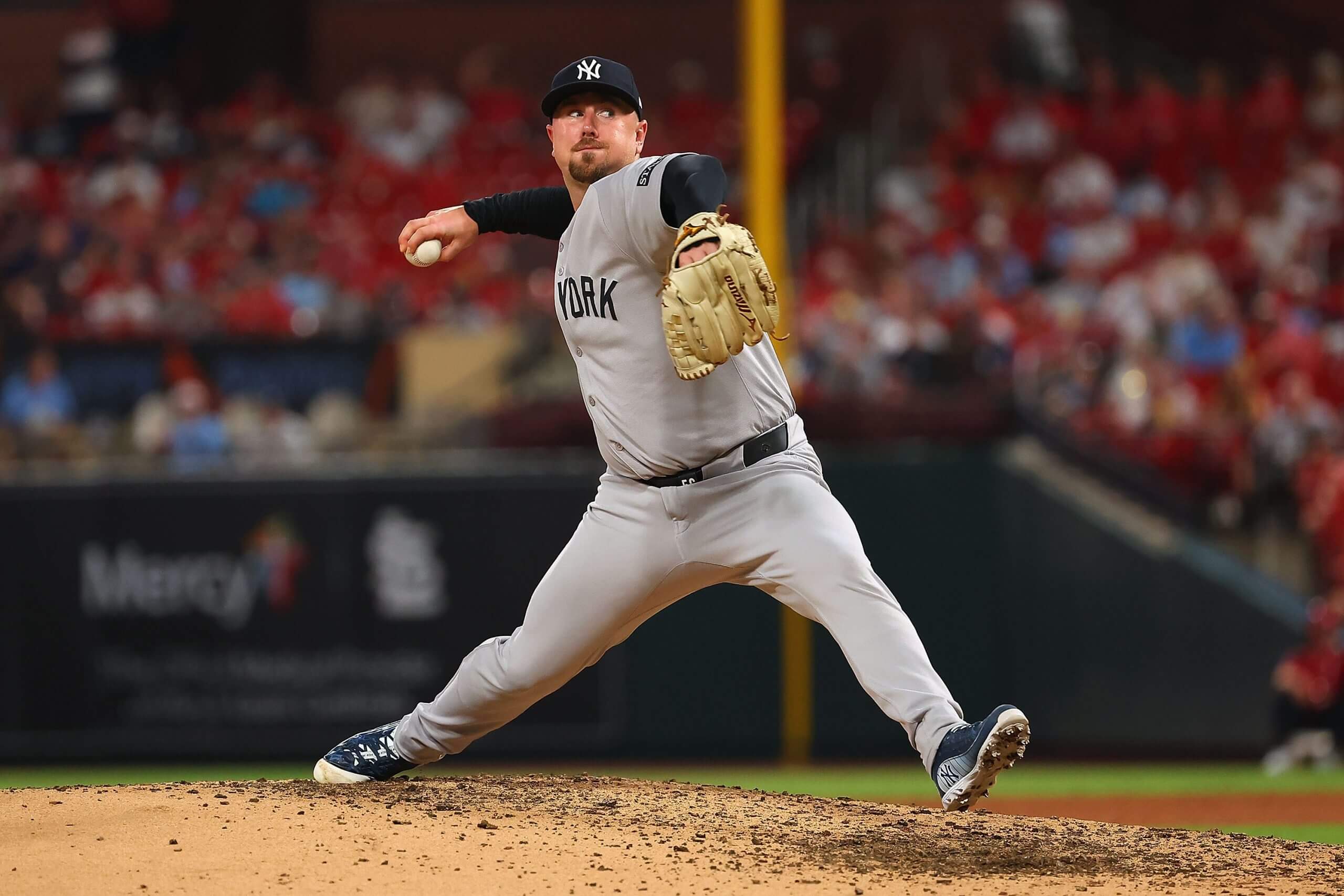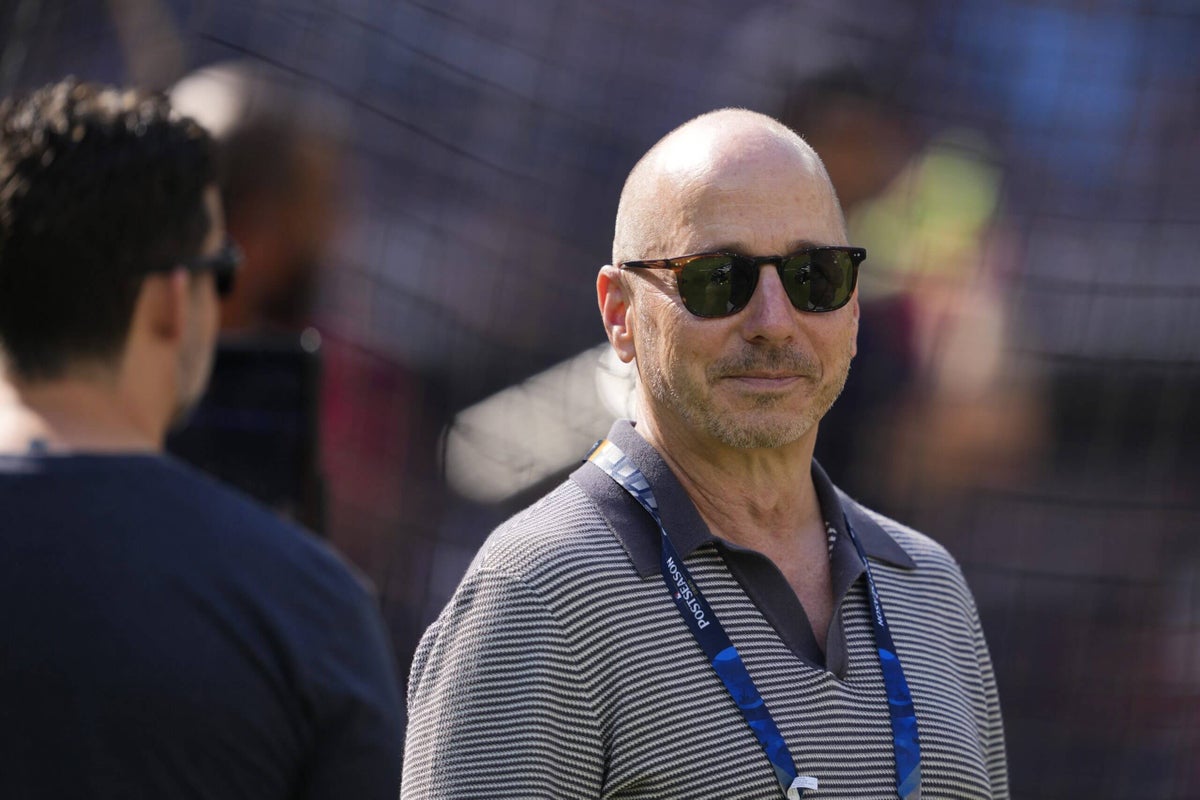One of the biggest unknowns every offseason for the New York Yankees is owner Hal Steinbrenner’s appetite to spend. As the club prepares for another critical winter, it’s a key factor that will guide the roster revamp for 2026.
We do not know whether Steinbrenner will be willing to exceed a $300 million payroll for a third straight season. He has not spoken to the media since February, when the club ended its longstanding facial hair policy. It’s a figure he has said was unsustainable.
However, given the Yankees’ payroll commitments, it’ll be hard to field a team as competitive as in the past two seasons without exceeding $300 million. It’ll also be virtually impossible for the club to avoid the first luxury tax threshold, which is set at $244 million for 2026.
“We have got to weigh the available marketplace via free agency or trades with the committed payroll versus the available payroll thereafter,” general manager Brian Cashman said about the payroll last week. “That’s your opportunity for some players knocking on the door, earning the right to maybe take the next step from down below.”
To start to make sense of the Yankees’ potential options, let’s look at where the club’s payroll stands heading into the offseason by breaking down its guaranteed salaries, contract options, dead money and projected arbitration figures for 2026. This does not include pre-arbitration bonuses, benefits packages and filling out the 40-man roster.
Money coming off the books
The Yankees are finally done paying off Aaron Hicks’ seven-year, $70 million extension, which he signed in February 2019. They will owe him $1 million in 2026 for the buyout of a club option, but his contract will be officially off the books.
Cody Bellinger will be one of MLB’s top free agents this winter, but the Yankees have made it known they are interested in re-signing him to a long-term contract. Two of their highest-leverage relievers, Luke Weaver and Devin Williams, must be replaced. It’s not expected that both will be back in New York next season.
With nearly $70 million coming off the payroll, the Yankees could be aggressive in adding big salaries through free agency and/or the trade market. There’s no reason they should not be pursuing Kyle Tucker in free agency and Tarik Skubal, through a trade, if he becomes available.
Guaranteed Contracts
$40M
$40M
$36M
$36M
$19M
$22M
$27.8M
$27M
$16M
$16M
$14.5M
$27.25M
$153.3M
$168.25M
Giancarlo Stanton will make $29 million in 2026, but the Yankees will owe him only $19 million. That’s because the Miami Marlins will pay $10 million of his salary in each of the next two seasons and in 2028 if the Yankees exercise their club option for the designated hitter. However, Stanton’s luxury tax salary remains unchanged, so the Yankees will not lower their tax hit.

Giancarlo Stanton made $32 million this year. The Yankees will owe him only $19 million in 2026. (Kent J. Edwards / Getty Images)
Based on standard fWAR value, Aaron Judge is significantly underpaid. The two-time American League MVP Award winner was worth $171.7 million in 2024 and 2025. Max Fried also outperformed his 2025 salary by fWAR, while Gerrit Cole (injured), Carlos Rodón, Stanton and Ryan McMahon all underperformed their annual salaries.
Dead Money
$15M
$15M
$15M
$15M
DJ LeMahieu should not have been on the 2025 Yankees because of how obvious it was in 2024 that his skills had vastly diminished. Instead, the Yankees played him in 45 games this season and accommodated him at second base, which made their infield defense collectively worse.
Sometimes, it makes zero sense how the Yankees operate. This was a prime example. They eventually released LeMahieu in July and traded for his replacement in McMahon a few weeks later from the Colorado Rockies.
They will owe LeMahieu $15 million in 2026. The good news is he has only one year remaining on his contract.
Club options
$5M
$5M
$3M
$3M
$8M
$8M
The Yankees’ club-option decisions seem straightforward for next season.
It would be stunning if the Yankees bring back Jonathan Loáisiga on a $5 million deal. He was, once again, injured for a majority of the season and ineffective when he was healthy, allowing a career-high seven home runs in just 29 2/3 innings. Along with Stanton, Loáisiga is tied for the second-longest-tenured Yankees, starting his career in 2018. At his best, Loáisiga’s sinker was devastating. But, unfortunately, injuries have been a big part of his career in New York.
Tim Hill will likely have his $3 million option picked up. He finished 2025 with a 3.09 ERA and was again one of MLB’s leaders in ground-ball rate. As a left-handed specialist, the sidewinding reliever’s overall value is a bit limited, but at $3 million, the deal is too affordable to let him hit free agency.
Before this season, Mark Leiter Jr. broke the Yankees’ streak of not going to arbitration with any player since 2017, when Dellin Betances battled the club in court. Leiter ultimately lost his arbitration hearing and made $2.05 million in 2025 rather than the $2.5 million he was looking to land.
The table above covers the players who are arbitration-eligible and ended the season on the Yankees’ 40-man roster. Salary projections for the 14 arbitration-eligible Yankees players are via MLB Trade Rumors.
Jazz Chisholm Jr. is in line for a major raise. The second baseman made $5.85 million this season, and only three second basemen accumulated more fWAR.
Eight Yankees — Anthony Volpe, José Caballero, Luis Gil, Fernando Cruz, Ian Hamilton, Oswaldo Cabrera, Jake Bird and Jake Cousins — are eligible for salary arbitration for the first time, positioning them for a pay raise above the league minimum.
This table does not account for players who are pre-arbitration eligible, such as Austin Wells, Ben Rice, Jasson Domínguez, Will Warren and Cam Schlittler. They will make the league minimum salary in 2026.
Where can the Yankees shed payroll?
Reliever Mark Leiter Jr. is a non-tender candidate. (Dilip Vishwanat / Getty Images)
The Yankees have a few non-tender candidates on their roster in Leiter, Cousins, Hamilton and Scott Effross. Leiter was the only player to finish the season with the Yankees and be left off the roster in the American League Division Series. He was mostly ineffective after coming off the injured list from a leg injury in early August. He finished his last 18 appearances with a paltry 13.1 percent strikeout rate.
Cousins will likely miss the entire 2026 season after undergoing Tommy John surgery in June. The Yankees could tender him a contract and have him rehab in their organization, while placing him on the 60-day injured list. But they might value the roster spot in the offseason.
Hamilton was demoted to Triple A this season after losing his command. It’s likely he won’t return. Effross has not been able to pitch to his potential after several injuries. He likely will be non-tendered.
If the Yankees want to create additional payroll flexibility, they could consider non-tendering Clarke Schmidt. He will not be an option to pitch until some point in the second half, and it’s unclear how effective he’ll be after the second major elbow surgery of his career. But it would still make sense to keep him because he has developed into a quality starter over the past two seasons.
What are the Yankees’ priorities this offseason?
The Yankees’ biggest needs include a center fielder, remaking the back end of their bullpen, replenishing the bench and possibly adding a starting pitcher. With Volpe’s shoulder surgery delaying his 2026 season, it’s possible they add a shortstop. But don’t expect a player at the top of the market like Bo Bichette.
What about qualifying offers?
Qualifying offers must be extended within five days of the World Series’ conclusion. The 2026 qualifying offer is set at $22.025 million. The Yankees have three players who could, theoretically, be given the qualifying offer: Weaver, Williams and Trent Grisham. Bellinger is ineligible because the Chicago Cubs extended him the QO in 2024.
Grisham is the only Yankee who has a chance of receiving the qualifying offer. He hit 34 home runs and logged a 129 wRC+, and both were top-10 marks among qualified outfielders. The Yankees have a vacancy in center field, and having Grisham fill that void would not be the worst outcome. After his 2025 season, it seems reasonable to expect Grisham will receive a long-term offer in free agency.
Because the Yankees paid the luxury tax this season, they would receive a compensation draft pick between the fourth and fifth rounds of the 2026 MLB Draft if Grisham rejects the qualifying offer and signs with another team.
